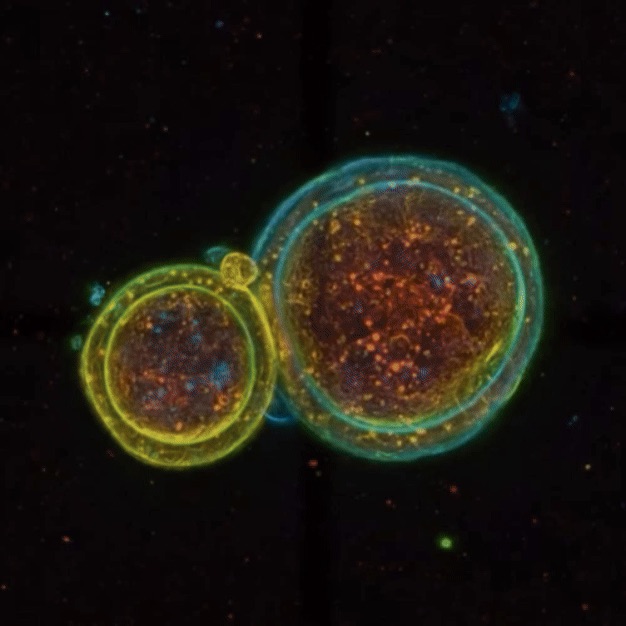
Price | 1000€+ Login to see price |
Organism | – |
Product Type | – |
Tissue | – |
Disease | – |
Applications
Holotomography
Cell biology

With the global rise of K-beauty, the cosmetics industry continues to grow steadily. Since the ban on animal testing for cosmetics in Korea in 2017, various alternative testing methods have...

Traditional microscopy methods often require fluorescent labeling to analyze cellular structures, which can be time-consuming and invasive. In contrast, our HT-X1 system allows for high-resolution visualization of cellular morphology without...

Traditional protein analysis has primarily focused on quantifying expression levels within tissue samples. However, recent advances in spatial analysis techniques have shifted attention toward evaluating not only expression levels, but...
Among the many fermented foods we consume, kimchi is particularly known for containing a diverse range of lactic acid bacteria, which are believed to influence the activation of immune cells...
We conducted a study focused on identifying disease-related markers using patient-derived tissue samples. However, traditional methods limited our ability to analyze multiple candidate markers simultaneously, and the limited availability of...
HT effectively assesses changes in LPS-treated RAW 264.7 macrophages. The cells were imaged without labels, revealing that LPS causes an increase in cell volume and changes in surface area, sphericity, mean RI, protein concentration, and dry mass. These changes occur early and persist for up to 24 hours. HT is valuable for quantitatively analyzing live cell activation at the single-cell level.

(A) Changes in mean RI of individual RAW 264.7 cells over short (2 hours, one tomogram per 2 minutes) time-scale monitoring. Each colored line represents the time trajectory of the recorded parameter of an individual RAW 264.7 cell. (B-D) The graphs present the first and the last recorded time-points of RAW 264.7 cell’s
mean RI, protein concentration, and volume measurement, respectively. Scatter dot with bar plot represents mean with SD and show all points.
****p < 0.0001 by paired t-test. (N=28)
Deutscher Platz 5c, 04103, Leipzig, Germany
info@lambdabiologics.com